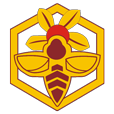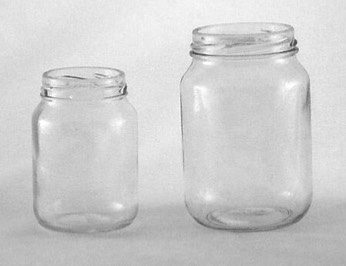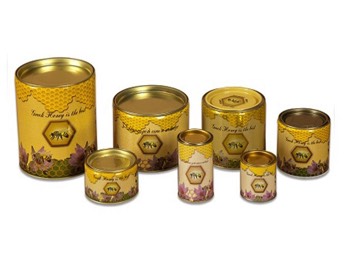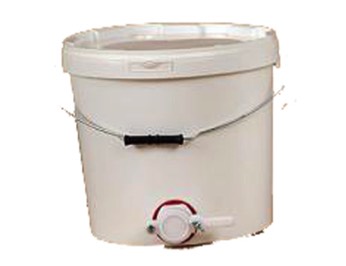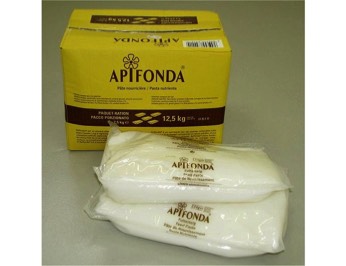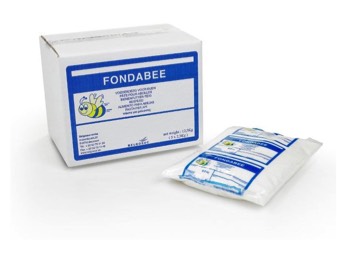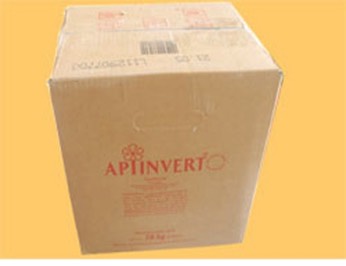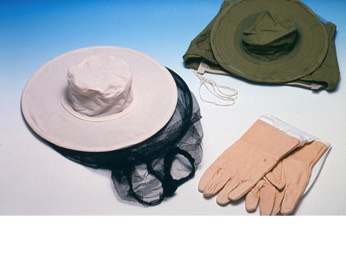The Greek Beekeeping Center honors greek beekeepers in their land and provides them with beekeeping supplies of the best quality. Moreover, it stands by them in helping them develop new beekeeping units. At our branch shop they can find a wide range of beekeeping supplies and other materials that will make their job easier, quicker and more effective.
Beekeeping Supplies
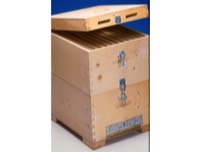
Complete Wooden Beehives
• 10 frames
• 8 frames
• 5 frames
Also, triple honeycomb blocks, hive bodies,
Moving floors: closed of with net (wooden,plastic),
Frames (wired or with foundation)
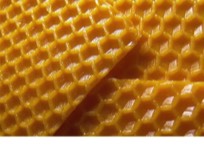
Beeswax
• Foundations of 78-80gr, from 100% natural beewax, in packaging of 80 pieces
• Heavy type foundations of 100% pure beewax, in packaging of 100 pieces
• French foundation from 100% natural beewax, in packaging of 64 pieces
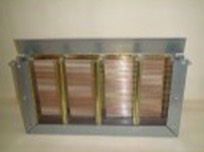
Queen Frame Excluder
(1,2,3 frames)
Honeycomb Electrical Embedder
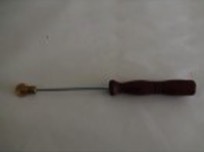
Honeycomb Embedder
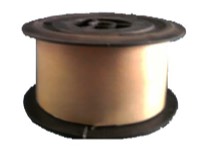
Frame Wire - 2 kg
• No 24
• No 25
• No 26
Soft Frame Wire, package of 1kg
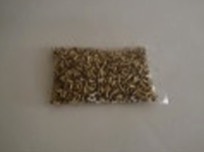
Nickel Rivels
- Package of 1000 pieces
Wiring Board
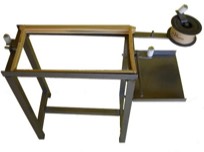
Wiring Table
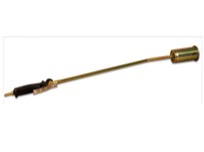
Burner for the cleaning and disinfection of the beehives
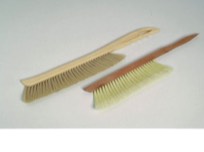
Bee brush with natural hair

Black Plastic Beehive Headcover Slide

Adjustable Hive Fasteners.Also simple hive connectors or hive connectors V

Adjustable Hive Fasteners.Also simple hive connectors or hive connectors V
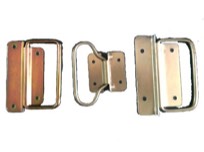
Hive Handle
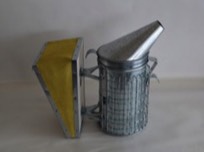
Galvanized smoker leather with screen.Stainless steel smoker leather
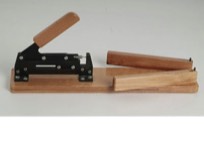
Rivel’s device
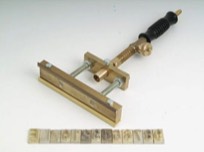
Fire Marker
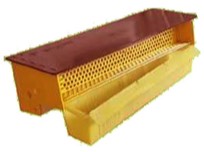
Plastic Pollen Collector

Electric Uncapping Knife, inox, with temperature regulator
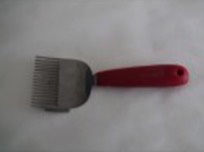
Uncapping fork, inox
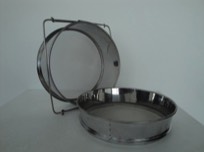
Inox Honey Filter with double netting
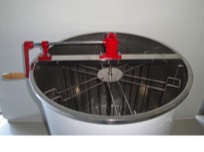
Inox Honey extractors electric of manual for:• 2 frames• 4 frames• 6 frames• 8 frames• 10 frames
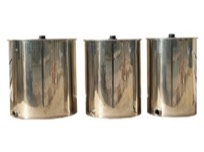
Stainless steel honey cans50 kg75 kg100 kg150 kg200 kg

Hive Tools
• Stainless steel Australian type
• classic stainless
• iron hammer
Yellow short or long and also cleaning tool for frames
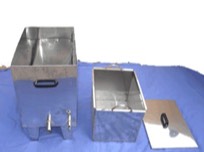
• Inox Steam Wax Melter• Solar Wax Melter
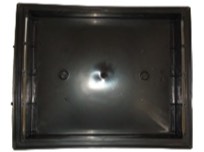
Plastic, Black Top Feeder capacity 7.5kg
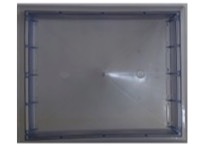
Transparent Top Feeder capacity 7.5kgAlso, Top Feeder Box capacity 1.5lt
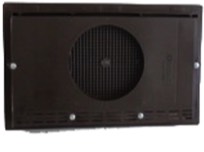
Top Feeder with netting capacity 2.5 kg
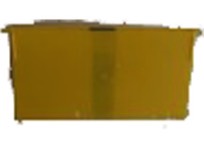
Frame Feeder 1.5 kg & 3 kg
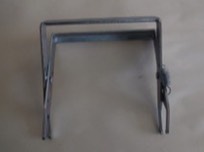
Frame GripsYellow Frame Grip with built-in hive tool
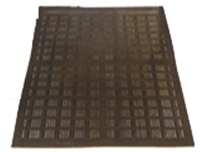
Brown Propolis Collector
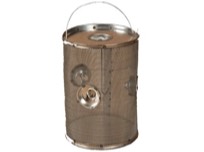
Portable Wired Wasp TrapCone Wired Wasp TrapRed Wasp Trap
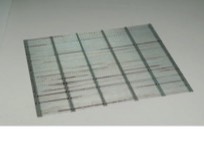
Metalic Queen excluderPlastic Queen excluder framed by woodHive divider

Honey Extractor Bench with cap for 13, 25 frames
Bee Breeding
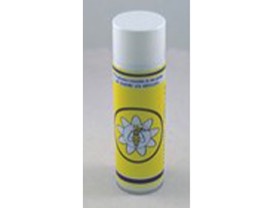
Spray for swarm collection

• Stands for artificial cells• Beige holder for cell cup stands• Cells for queen• Queen bee cell protectors

Clip Queen Catcher
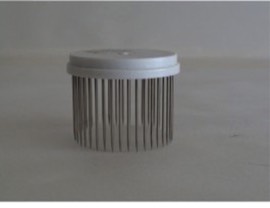
Queen Cage for Frames

Queen Cage for Transportation and Import of Queen.Wooden Queen Cage
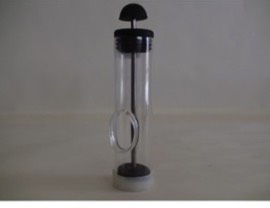
Glass Queen Cage

Plastic Bar for Queen Breeding Cells and Plastic Cells

Grafting tool with movable red stickSteel grafting toolInox Grafting spoonRoyal Jelly spoon
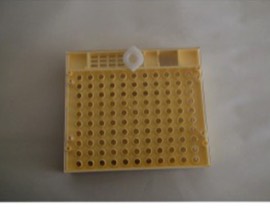
Cupularve.Queen breeding of Karl Jender
Beekeeping Books
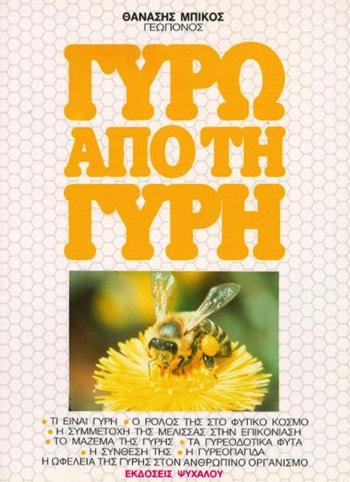
All about Pollen
Pollen is unknown to most of us. This book aims at unveiling pollen to all.
It does not address only to beekeepers and specialists, but to everyone who would like to
understand:
• What is pollen and which is its role to natural world
• what is its value for bees and how it contributes to pollination
• Which are the plants that have pollen, the biology and composition of pollen. How pollen
is collected by bees and then by people.
• Technology - collecting - pollen trade
• Where, how and how much pollen can benefit humans
• Consumption and dose of pollen
Author: Thanassis Bikos
Illustrator: Thanassis Bikos
Publications: Psychalos
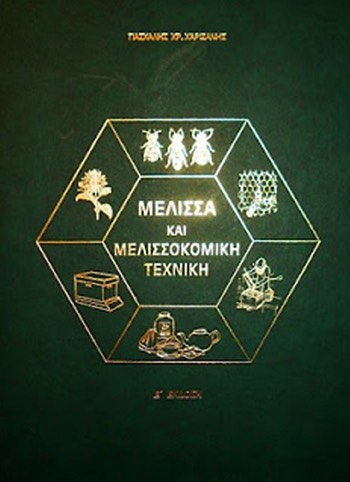
Bees and Beekeeping
Author: Pashalis Chr. Harizanis
Publications: Agricultural University of Athens

Beekeeping
This book offers beekeepers guidelines on how to apply better methods for the best
and more profitable apiculture in Greece. The methods described are widely known to
most countries and especially the USA, the center of modern beekeeping. I followed most of the methods during my 45 years of professional beekeeping. For this reason the methods are not only theory but tested and applicable. I also share in this book the results that I came up with, not only from my personal experience but also the experience of others. I want to help our progressive beekeepers professional how to widen their knowledge and to have a new vision concerning the application of modern methods of intensive exploitation.
Author: Nik. I. Nicholaides
Publications: Aimilios G. Xenidis

Beekeeping Without A Teacher
The beekeepers’ duties throughout the year.Author: Nik. I. Nicholaides
Publications: Stamoulis

Propolis - The Bee Miracle
The great chance to meet and wonder over the things that a bee community can produce
and offer to people.
• the “magic” substance
• an unknown and unexploited, valuable present
• a product full of benefits for humans
• everything concerning propolis
• read and taste it
Author: Thanassis Bikos
Publications: Beekos Bee Books (3 Bees)
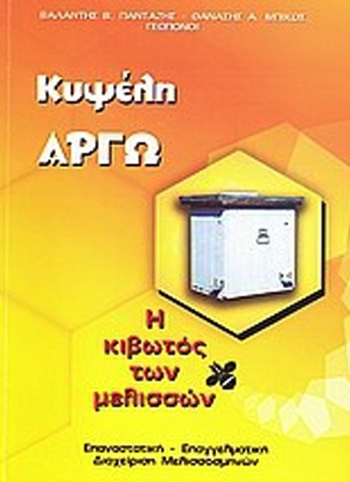
ARGO Hive
• It all about a new realistic look of a different type of beekeeping, using an energetic
hibernation and sets a new vision of applications.
• It is a new proposal to be set under discussion. A new beekeeping incentive that aims to
be adopted by the most beekeepers that probably the will boost it by applying their own
technics.
• It is all about Argo, a bee ark that sets the basis for a revolutionary, professional
administration of bees.
Authors: Valantis Pantazis; Thanassis Bikos
Publisher: Beekos Bee Books (3 Bees)

What is Apiculture?
Apiculture is the management and study of honeybees.
Apiculture is the management and study of honeybees.
Apiculture is derived from the honeybee's Latin name Apis mellifera, meaning ‘honey gatherer’. Since bees do not collect honey but nectar from which honey is made, the scientific name should actually be Apis mellifica meaning ‘honey maker’.
Although apiculture refers to the honeybee, the vital role all bees play in the pollination of crops and flowering plants has caused apiculture to also include the management and study of non-Apis bees such as bumblebees and leafcutter bees.
Some 90 million years ago, flowering plants first appeared on earth. The wasp-like ancestors of bees took advantage of the food made available by flowers and began to modify their diet and physical characteristics.
Since then, flowering plants and bees co-evolved. This eventually led to a complete interdependence, meaning that flowering plants and bees cannot live and reproduce without each other.
Since then, flowering plants and bees co-evolved. This eventually led to a complete interdependence, meaning that flowering plants and bees cannot live and reproduce without each other.
The genus Apis is comprised of a comparatively small number of species including the western honeybee Apis mellifera, the eastern honeybee Apis cerana, the giant bee Apis dorsata, and the small honeybee Apis florea.
Honeybees are indigenous to the Eurasian and African continents and were introduced to the Americas and Australia by European settlers.
The western honeybee is comprised of some 24 races or sub-species. The African honeybee, sometimes referred to as ‘Killer bee’, is a race of the western honeybee and can therefore cross-breed.
Bees collect pollen and nectar. Pollen is the protein source needed for bee brood development while nectar is the carbohydrate source providing energy.
Nectar is a sugar solution produced by flowers containing about 80% water and 20% sugars. Foraging bees store the nectar in the ‘honey sac’ where the enzyme invertase will change complex sugars into simple sugars called mono-saccharides. Upon return to the hive, the foraging bee will disgorge the partially converted nectar solution and offer it to other bees. Housekeeping bees will complete the enzymatic conversion, further removing water until the honey solution contains between 14 – 20% water.
Honey is too dry for any microbes to live in. Honey is non-perishable and can be kept indefinitely in a cool, dry place.
The flavor, aroma and color of honey is determined by the floral source. For example, buckwheat honey is almost black while fireweed honey is almost colorless.
Unlike other bees, honeybees can communicate details about the location, quality and quantity of food sources. This allows honeybees to access and utilize food sources efficiently at great distances.
Honeybees maintain temperatures in the brood nest of between 30º C and 34º C, even in the middle of winter.
The honeybee colony is comprised of one queen, thousands of worker bees and a few hundred male bees called drones. Colony size varies according to season and condition of the colony.
Several diseases including viruses, various microbes and mites can affect the honeybee.
Honeybees are used in pollination and play a critical role in the production of many crops, representing a value of over $14 billion per year in North America.






